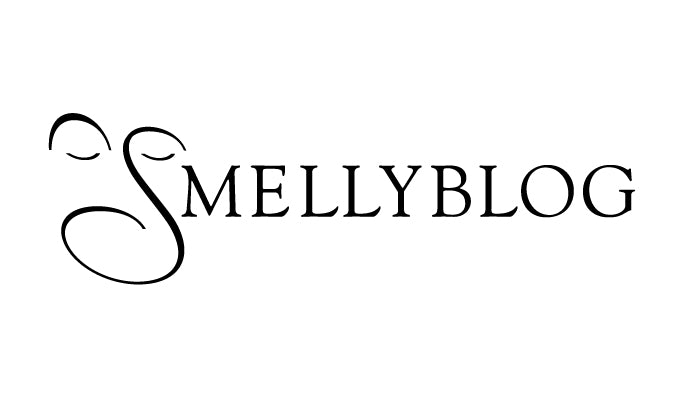Za'atar & Sumac
 Za’atar is one of the fundamental condiments of the Middle East. It is used to accompany breads and cheeses, and is often mixed with olive oil prior to serving. Pictured are Pita baked while topped with a mixture of za’atar and olive oil. These are irresistible, especially when hot!
Za’atar is one of the fundamental condiments of the Middle East. It is used to accompany breads and cheeses, and is often mixed with olive oil prior to serving. Pictured are Pita baked while topped with a mixture of za’atar and olive oil. These are irresistible, especially when hot!The za’atar and olive oil mixture can also be used as a dip, or to top off Labaneh – the infamous strained yogurt cheese, which is one of the most delicious things on earth – tangy and refreshing, thicker and creamier than yogurt, but much less fat than the cream cheese that is so over used in North America.
To make your own za’atar, you will need to pick your own za’atar leaves – which is actually a species of hyssop, and very similar in flavour to oregano, but more delicate. To that, add sumac and toasted brown sesame seeds, and that’s it!
Some also use thyme, but it is not necessary (especially because there is so little thyme growing on the mountains…). The sumac is the red fruit of a wild bush, but is widely available in the spice section of many stores. It has a very unique flavour – extremely sour and salty at once. It can be also used to make a strange cooling lemonade-type drink in hot days. In most pre-made za’atar mixtures you buy in the stores, though, it is sadly substituted with red food colouring and citric acid (which is also salty and sour at once, but in a very harsh and non-authentic way).








